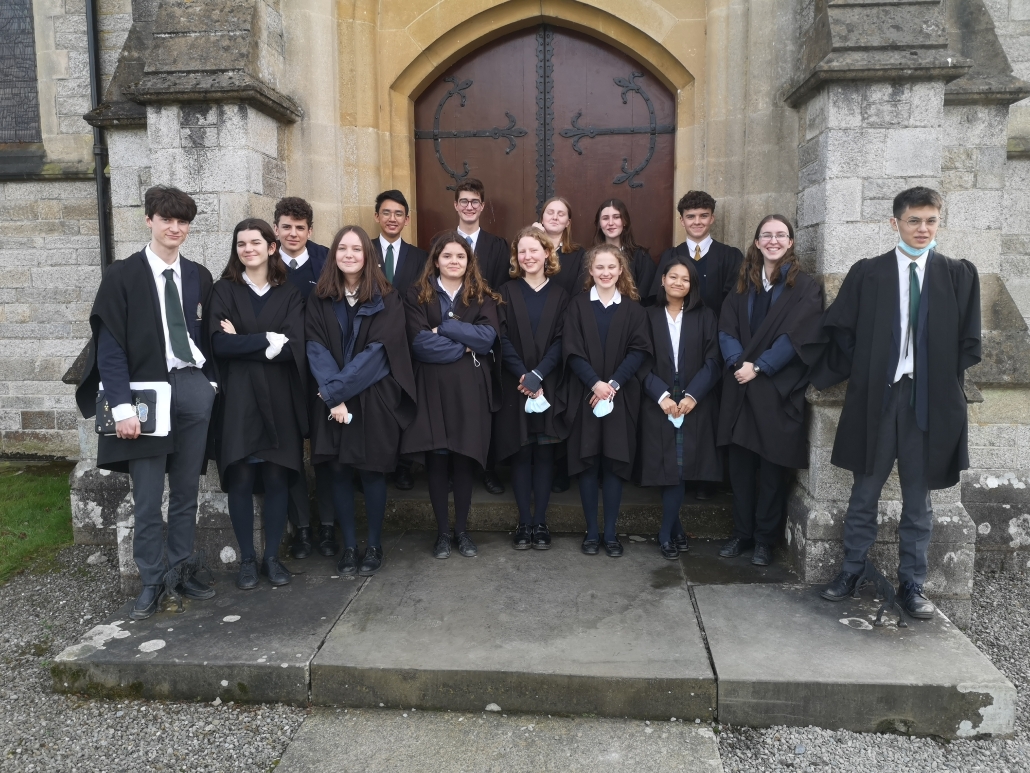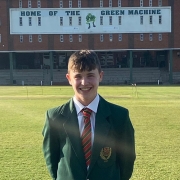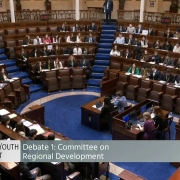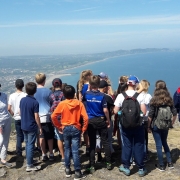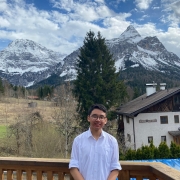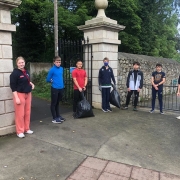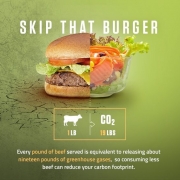Model United Nations 2022
The Model United Nations is a fantastic extracurricular schools programme, involving schools participating from all over the world. It challenges students of all abilities to develop skills and improve confidence. The Model UN simulates the United Nations General Assembly and Security Council, assigning countries to individual schools and asking them to speak and work on behalf of that country, usually on a specific issue e.g. climate change. Recently, the College Model UN team (supported by Dr Robson) took part in an online Model UN Assembly. Form V pupil Kate Higgins reports:
Last Friday January 28th 2022, our team of 12 delegates and 3 research assistants logged into a zoom conference modelled after the COP26 climate change conference that was held in Glasgow last November. Schools from countries all over the world, such as Australia, China, and the UK, joined us each assigned to represent countries other than their own. Our team was assigned China and, over the period of 3 weeks, we met after school to research China’s approach to climate change and formulate our responses to the various resolutions that had been put forward.
On the day itself, the zoom conference had almost 150 people logged on, and the conference started at 10am for us here in Ireland. First up were talks and introductions from various speakers along with an opening speech from a delegate from each school. Ours was delivered by Wong in TY who even got a special mention from one of the chairmen after the debating and is definitely a very talented speaker.
It was then around 11 o’clock when the debating began. We were divided up into 3 break-out rooms depending on which resolution would be debated. Within my break-out room, we were speaking about the phasing out of coal and subsidies, while the other 2 were about carbon tax and the protection of vulnerable communities. Two hours were to be spent in these break-out rooms debating anywhere between 8 and 12 clauses, however, within my own break out room we spent the entirety of the two hours only the first 4-5 clauses and ran out of time to finish the rest, showing how dedicated every delegate was.
Each break-out room group had their own successes, my fellow delegates and I successfully argued for the removal of the 2nd and 3rd clauses, these clauses penalised low-income countries and made no allowance for historically differentiated carbon emissions. Our proposed amendment to the 4th clause was adopted, this made allowance for lower-income and developing countries to maintain strategically important fossil fuel subsidies while they progressed towards phasing out coal. We were also commended for our positive contribution and strong arguments with a special mention in the General Assembly for Cheuk Yin Wong for his commanding contributions. In the second break-out room, dealing with carbon tax, the delegates successfully amended the 1st clause of the resolution which embedded a higher and incrementally increasing rate of carbon tax contributions for countries based on the length of time for which they have been industrialised. These delegates were commended in Plenary Session (General Assembly) for their substantial and positive contribution. In the final break-out room, discussing climate finance and the protection of vulnerable communities, the delegates were initially thrown by an unexpected vote to delete clause 4 which was their primary target for amendments. They stuck to their task and collaborated very impressively in the ongoing debate, and successfully amended clause 8, concerning sanctions for non-compliance with climate funding commitments.
After these break-out rooms, we had a 20-minute break during which there were pastries, sandwiches and hot chocolate which was very kindly brought to the BSR by the kitchen staff. After our break, we returned once more to our various devices for feedback from the break-out rooms and a word of thanks from each school taking part; our thanks was relayed brilliantly by Elena O’Dowd, Form V. Our entire team consisted of 3 TYs (Cheuk Yin, Elizabeth & Lorne) and 9 Form V pupils (Elys, Isabel, Nikolai, Elena, Georgie, Kamilla, Florian, Monty, and I), then, of course, we had 3 Form V pupils helping with research in the lead up and on the day itself who can’t go without mention, MacKenzie, Elle and Tadhg. Of course, none of this would have happened without the brilliant planning and coordination of Dr Robson and a huge thanks is in order, it truly was a brilliant experience.

